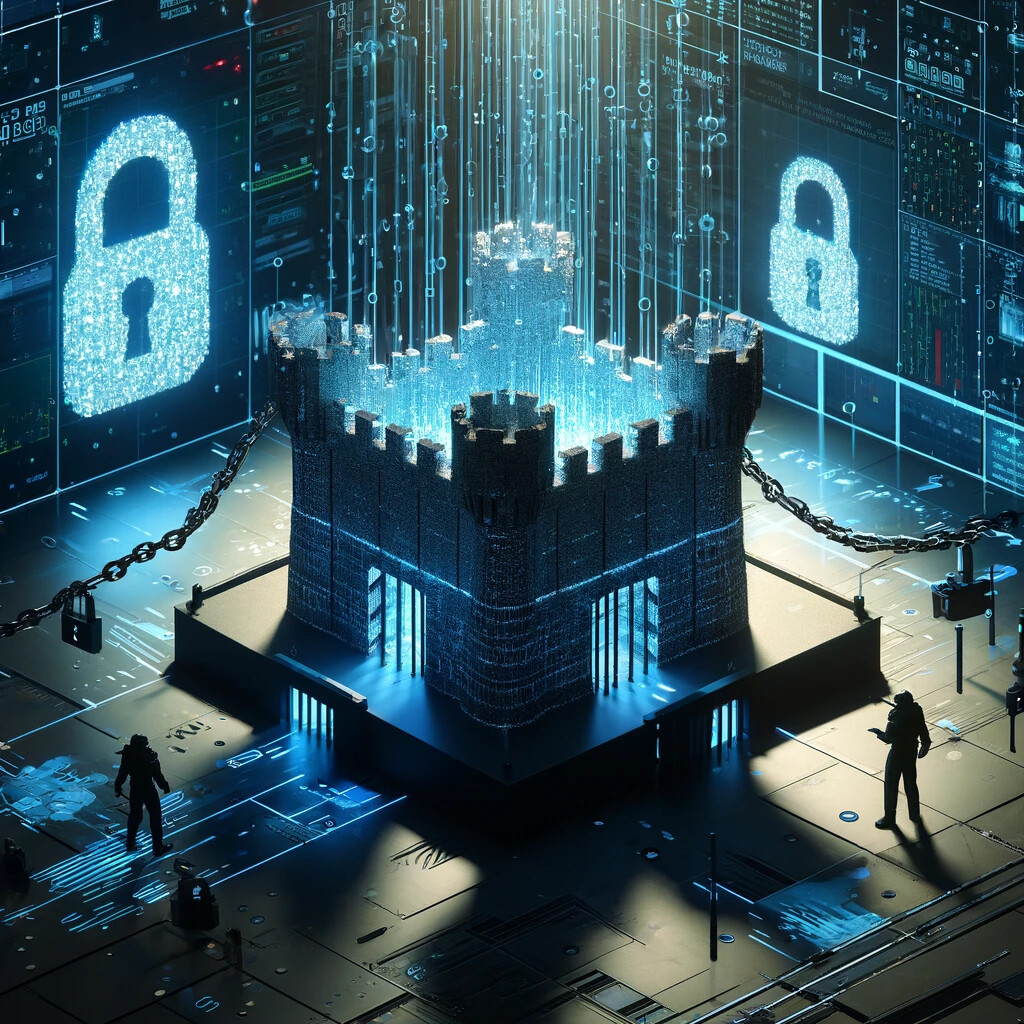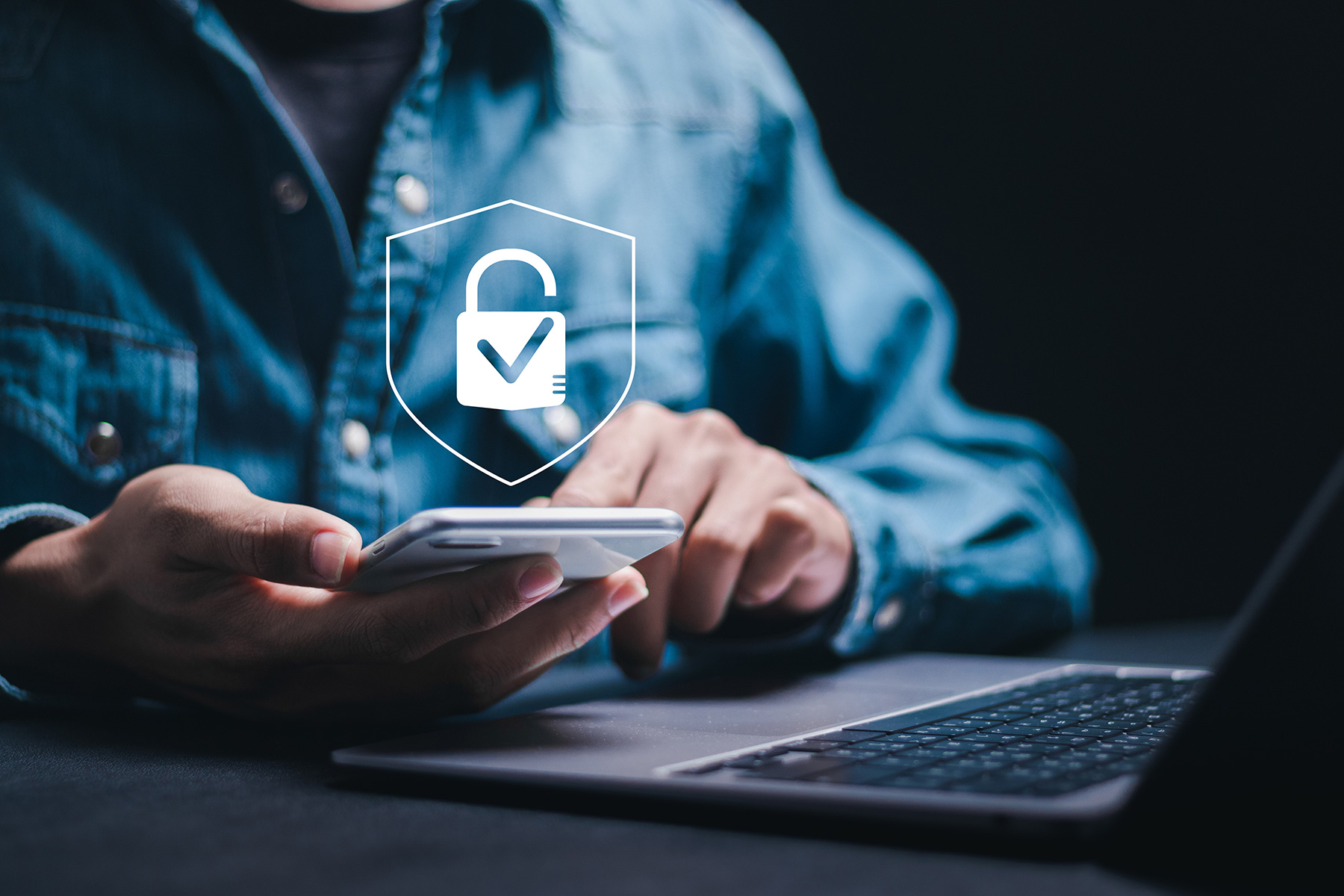Stay safe outside your office.
Employees working remotely is trending upward in recent years with employers becoming more open to the concept.
While giving employees the choice of their work environment may seem like a great perk for your organization, that benefit still comes with some concerns in regards to cybersecurity.
Just like employees within the four walls of your office, remote workers have a set of cybersecurity standards they should adhere to. Before giving employees the go-ahead to work remotely, ensure your employees are following these guidelines.
1. Use strong passwords.
The issue of bad passwords is brought up over and over, but it’s an issue that bears repeating.
An employee’s password is their first line of defense against cyberattacks. The weaker the password, the easier it is for intruders to gain access. Ensure your employees are using strong, hard-to-crack passwords by using password manager tools, or have employees check their passwords with websites like Dashlane’s How Secure Is My Password? tool.
2. Avoid public networks.
When working from a coffee shop or restaurant, the prospect of using the location’s public WiFi can be tempting. In many cases, however, these public networks may come with little or no security, allowing customers—and cyber attackers—easy access.
Because anyone can get access to these networks, your employees should avoid using public, unsecured networks. Before connecting, employees should check if the network is using WPA or WPA2 authentication. That goes for their home WiFi too. Before giving them permission to work from home, make sure their home networks are password-protected.
3. Use a VPN.
If somehow an intruder was able to gain access to your employee’s device, shielding any information from prying eyes would be paramount.
That’s where a virtual private network (VPN) comes in handy. VPNs encrypt your employees’ browsing history, making it virtually unreadable to cyberattackers and even your internet service provider. If your organization isn’t already using a VPN on all employees’ computers, make it the new standard before allowing employees to work remotely.
4. Use security protocols.
Is your organization taking basic steps to improve cybersecurity? Measures like firewalls, antivirus software, and email encryption are easy to take for granted and, consequently, easy to forget about.
Your employees’ computers should already have firewalls built in, but if you’re looking for an extra layer of security with a third-party firewall software, make sure you keep it up to date. Similarly, have a reliable antivirus software installed on all devices in your organization, and more importantly, keep it updated. Finally, make sure all employees’ emails are encrypted for the same reason you would use a VPN.
5. Use 2FA.
If you’ve already taken a step to make sure your network is secure, why not take an extra step just to be sure? When you use two-factor authentication (2FA), you’re adding an extra layer of security on all login attempts. For example, when an employee logs onto your network, they should receive a text message or a notification on their phone asking them to either verify or enter a numerical code.
Using 2FA can ensure that even if your employees’ login info falls into the wrong hands, there will be a backup plan in place to ensure cyberattackers can’t gain access.
6. No personal devices.
As an employer, it’s impossible for you to monitor what your employees put on their personal devices. While you can mandate what software is downloaded on company-owned devices, your employees can download whatever they want on their personal devices—this can include malware if they’re not careful.
To prevent this from happening, create a policy that states no personal devices may be used for business.
7. Train your employees.
The most important factor in any cybersecurity plan is your employees. If they don’t know how to follow best practices, all other measures you’ve taken are moot.
Keep your employees updated on what practices they and their co-workers should follow. Make sure they’re educated enough on best cybersecurity practices by setting up regular training exercises that teach them how to recognize cyberattacks before they can happen.
What steps have you taken for remote employees? Let us know in the comments!
Does your business need help with IT solutions, cybersecurity, data centers, or audiovisual integration? Contact us to see what technology solutions might work best for you.





